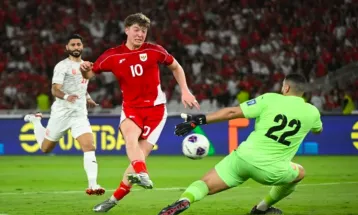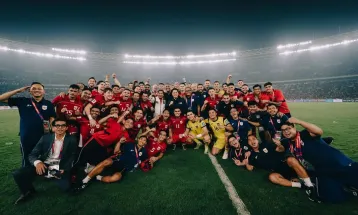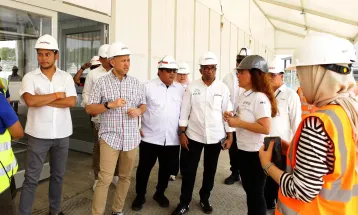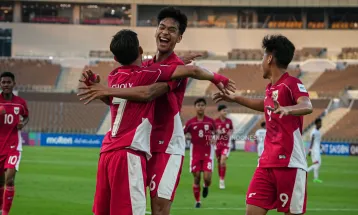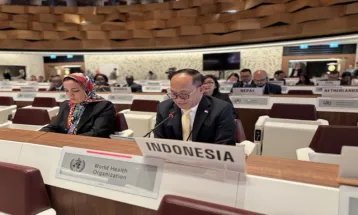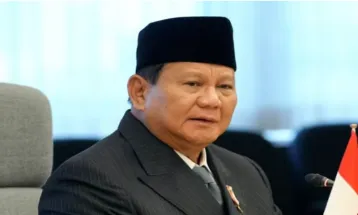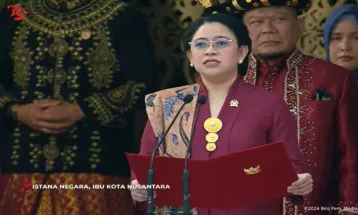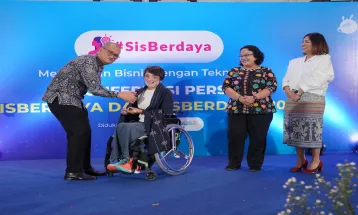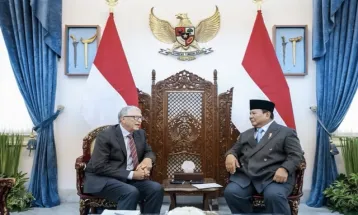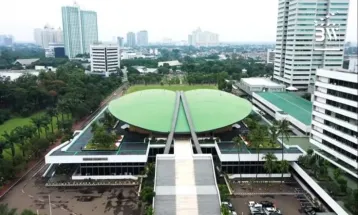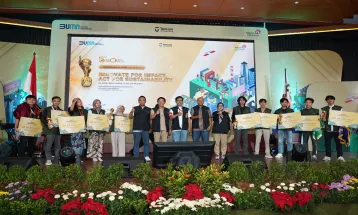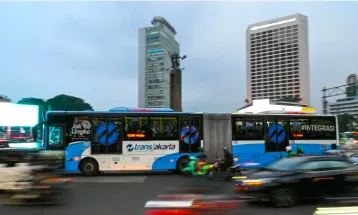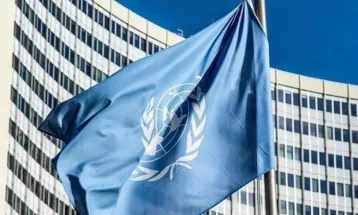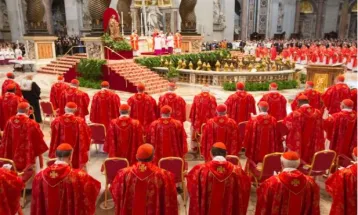NEWS
The Importance of Golok for Betawi People
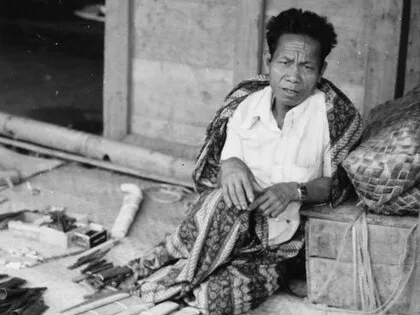
SEAToday.com, Jakarta-Golok is a traditional machete-like weapon in Nusantara. Other than being used for self-defense, golok is also used to help with daily tasks such as gardening and slaughtering animals.
However, in the eyes of the Betawi people, golok is perceived as a sacred weapon. It must be used with careful consideration, and a Betawi man is not complete without his golok.
Golok is very popular among the Melayu people. It can be easily found throughout Nusantara. It has different names in different regions of the archipelago. Take for example in Jakarta.
Golok has turned into an important part of the Betawi people's lives. The Betawi people are familiar with two types of golok since the colonial era: Golok gablongan and golok sorenan, with the latter being golok used for self-defense.
Golok's popularity dimmed the spotlight on other weapons in the land of the Betawi people, especially because golok sorenan is used by Betawi fighters, called jago, as a sacred weapon for self-defense.
Jago can carry out Betawi self-defense called maen pukulan. Jago is classified into a few categories, depending on why they learned self-defense. Some learn self-defense to defend themselves and others learn self-defense to protect the weak ones, like Entong Gendut.
There are also people who learn self-defense to prosper themselves, like Dutch guards, who were called centeng-centeng.
Betawi men deemed golok as a symbol of charisma. Therefore, many people started to learn self-defense.
Those who learn the maen pukulan self-defense were usually asked to bring two golok. One is for the study, and the other is for themselves. However, they couldn't use the golok in front of the public.
"The men of Betawi perceive golok as a sacred weapon that can't be seen, let alone used, in front of the public. Golok is tucked on the waist and covered with the clothing. If they ever got in trouble and couldn't find a peaceful solution, they should just let their opponent see the tilted golok handle on their waist, symbolizing that they were ready to fight," said Betawi culturist G. J. Nawi in the book "Maen Pukulan: Pencak Silat Khas Betawi" (2016).
Golok are only used for emergency or life-threatening circumstances, and to support silat self-defense. It can be seen in the many fights against the Dutch in the land of the Betawi people.
The jago helped the farmers fight the Dutch who raised taxes unreasonably, making golok a symbol of resistance against the Dutch colonialization.
Used with Careful Consideration
Golok's popularity increased along with the maen pukulan's streams, from silat beksi to cingkrik. Betawi men are familiar with their religion since childhood.
Parents asked their children to go to Quran studies, then the children studied silat afterwards. They studied various maen pukulan moves in silat. Then, it was passed down from generation to generation.
Betawi culturist Masykur Isnan confirmed it. He said two important things in Betawi people's lives are learning the Quran and becoming good at self-defense. They learn the Quran so that they could understand Islam better, and self-defense helps them avoid evil.
It made the Betawi people see golok as something valuable. Golok's anatomy then had a whole new meaning.
"Golok has spiritual values among the religious Betawi people. Its handle symbolizes the foundation of life, its blade symbolizes bravery, its cloth symbolizes Islam," said Masykur Isnan when contacted by SEAToday.com, April 23, 2024.
Despite being important, the use of golok is not the main component in self-defense, but rather the mastering of the moves.
Masykur Isnan explained, those who owns a golok must understand their religion and self-defense. Without that, the use of golok would be just another attraction, harming oneself instead of the enemy.
"Golok without the moves is nothing, it can only be spun around to the right, to the left, to the front, upward, and downward," wrote Gres Grasia Azmin in the book "Memori Kolektif Orang Betawi dalam Maen Pukulan Beksi Tradisional H. Hasbullah" (2023).


















